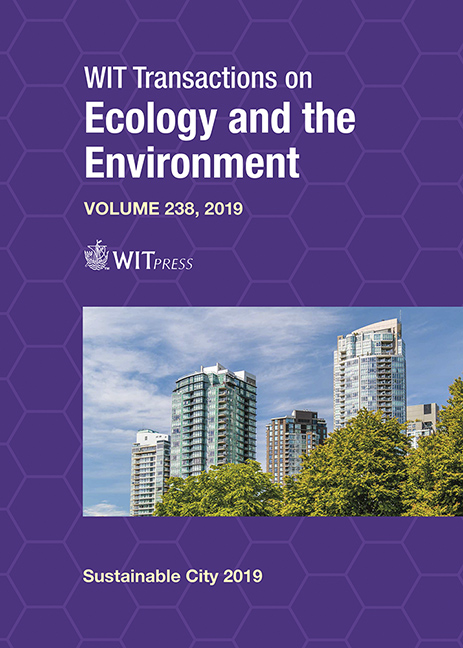PERSONAL TRAVEL PLANNING: REVIEW OF SOFT TRANSPORT MEASURE CRITERIA AND EFFECTS
Price
Free (open access)
Transaction
Volume
238
Pages
11
Page Range
603 - 613
Published
2019
Paper DOI
10.2495/SC190521
Copyright
WIT Press
Author(s)
DANIELA MÜLLER-EIE, EIVIND KNUTSEN, EILEEN P. SELLAND
Abstract
In an effort to reduce car travel and the resulting negative effects (Green House Gas (GHG) emissions, traffic congestion, inefficient land use); and to increase public and active travel modes, there has been increasing interest in soft transport measures, such as personal travel planning. While social marketing approaches to public transport and cycling have been around since the 1990s, they are increasingly used to supplement more traditional measures, such as infrastructure development and road pricing. We ask whether personal travel planning is a viable way to reduce car travel in urban areas of Norway. This paper gives an overview of factors that play into travel mode choices. It also reviews personal travel planning schemes, their characteristics and their reported effects, with the help of a literature review that was based on a set of criteria we developed. This can be applied to the mobility initiative HjemJobbHjem (Home–Work–Home) (HJH), which is currently being implemented in the Stavanger region of Norway. Thus, the initiative is evaluated in terms of goals, implementation and effect. In conclusion, we present the criteria and the value of personal travel planning for a holistic effort to reduce car travel. In particular, we describe the relevance and success of the HJH mobility initiative, its implementation, and its effects for the Stavanger region.
Keywords
sustainability, urban mobility, personal travel, personal travel planning, travel behavior, positive travel incentives, soft transport measure, Norway





